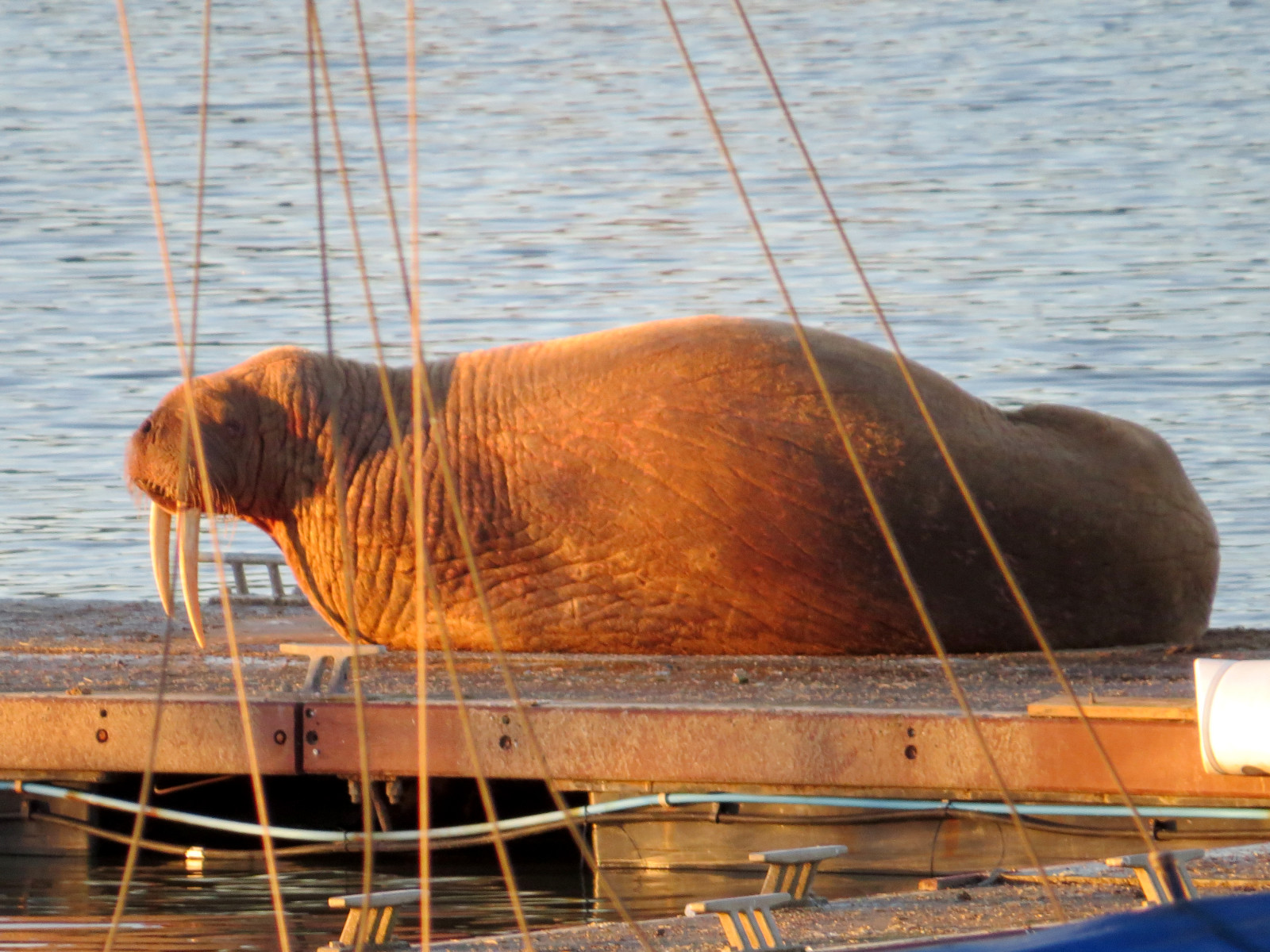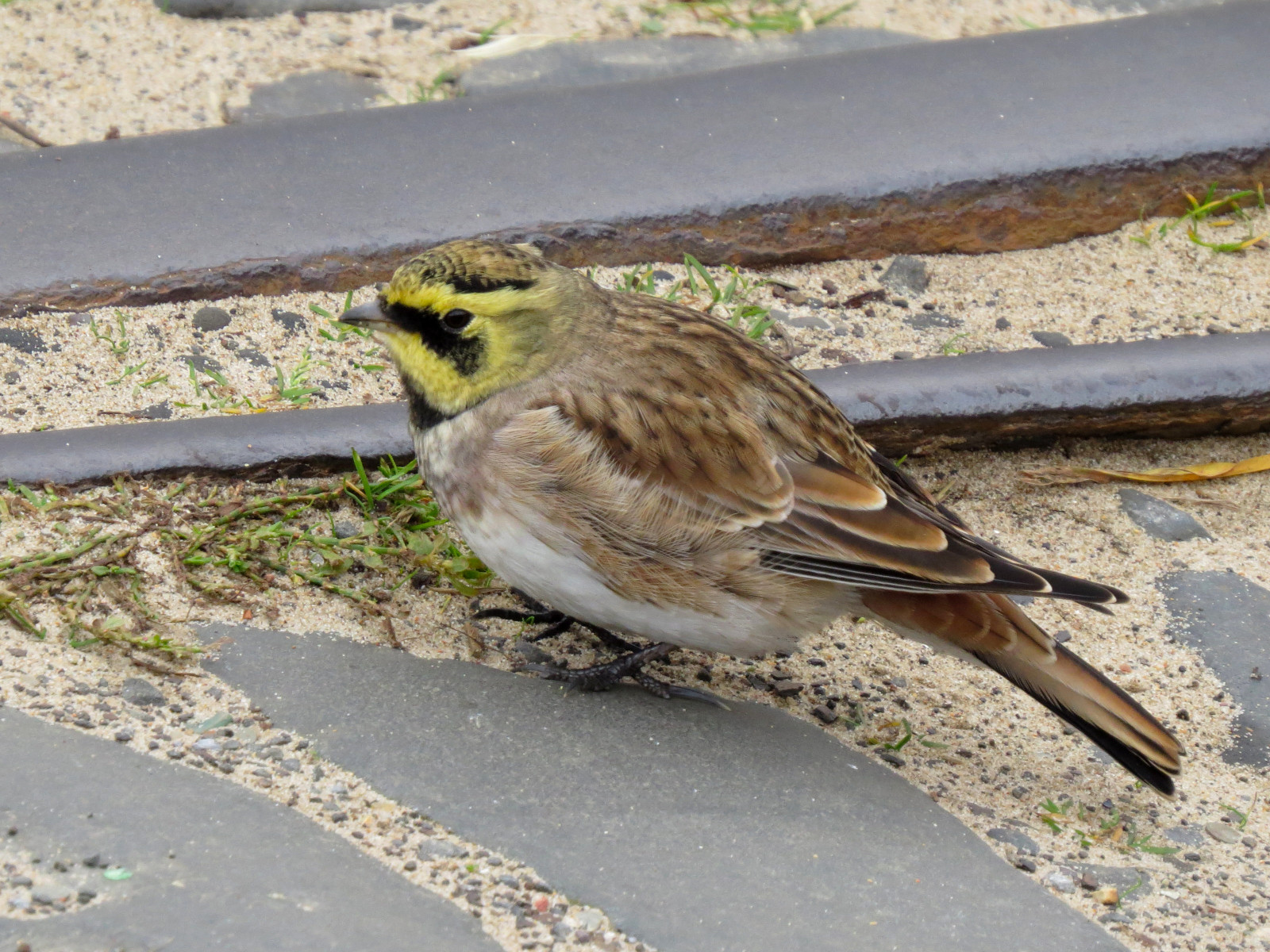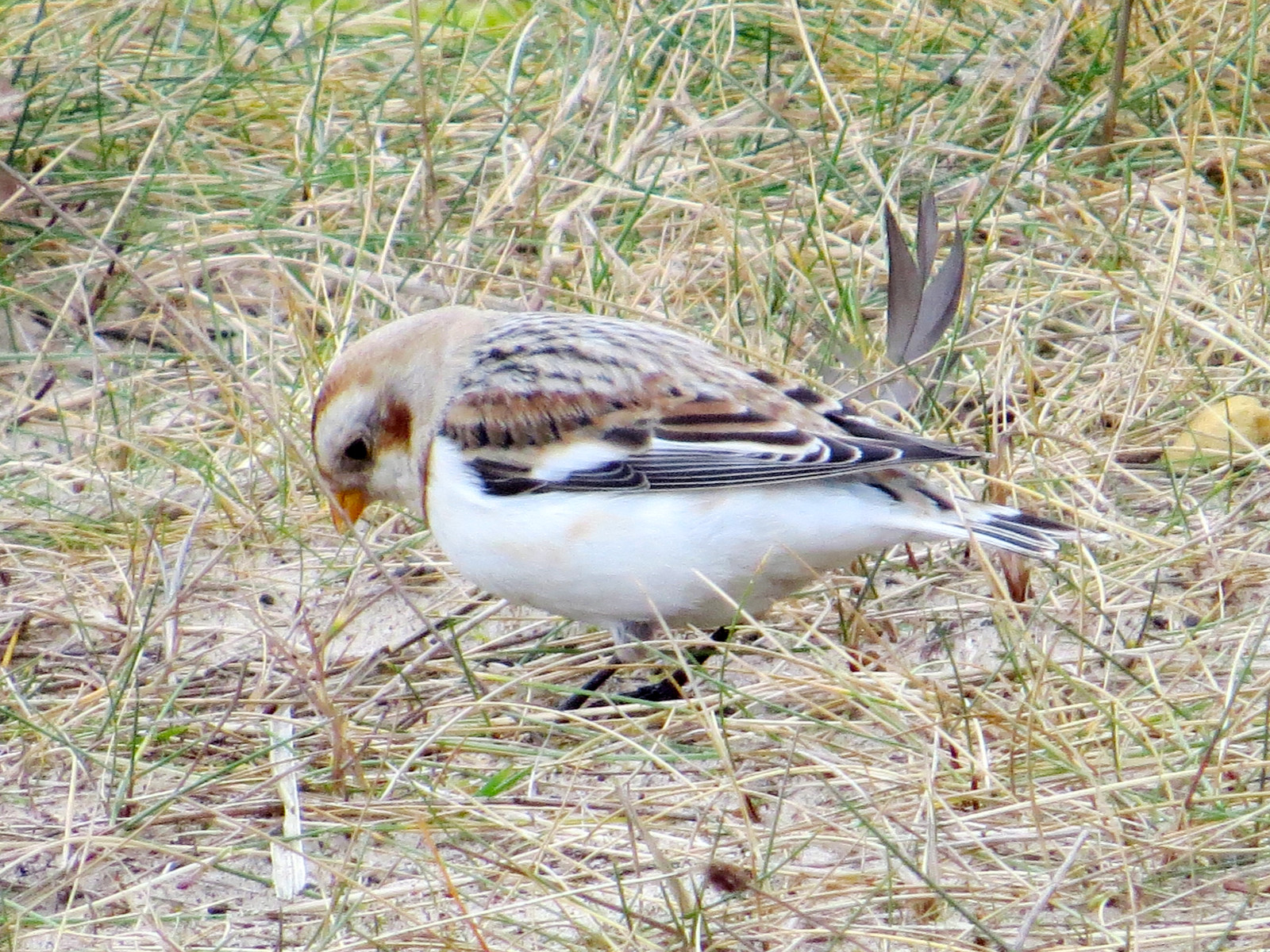Opis
Not the most visually attractive of sites, Blyth South Harbour does however have birding interest. The large gull roost often attracts mewa blada and mewa polarna in winter, while a 'scope view across the river to the (inaccessible) North Mole sees a good high tide roost of kormoran czubaty and biegus morski. The river itself usually has a few edredon, and less regularly, szlachar and markaczka, while auks like nurzyk and alczyk can be seen on the sea to the south. A line of sand dunes extends south from the harbour for about 4 km, and as the harbour end of the dunes is often the quietest stretch with fewer dog walkers, śnieguła tend to gather at this end, as do the occasional górniczek and poświerka. The barrier of the North Mole prevents the South Harbour being a good seawatching site, but birds migrating higher overhead along the coast like gęś krótkodzioba and łabędź krzykliwy can be seen. Rarities have included a wintering nur białodzioby and a perkoz rdzawoszyi or two.
Szczegóły
Dostęp
Busses 308 and 309 between Newcastle upon Tyne and Blyth run past the entrance, and there is a small car park (often busy with fishermen so space can be limited). The harbour road beyond the car park is closed to cars (except for local boat owners), but is open to cyclists and pedestrians. Walk along the dunes and back along the harbour road, or vice-versa; scan the harbour pontoons and staiths for gulls (and the occasional Walrus!).




